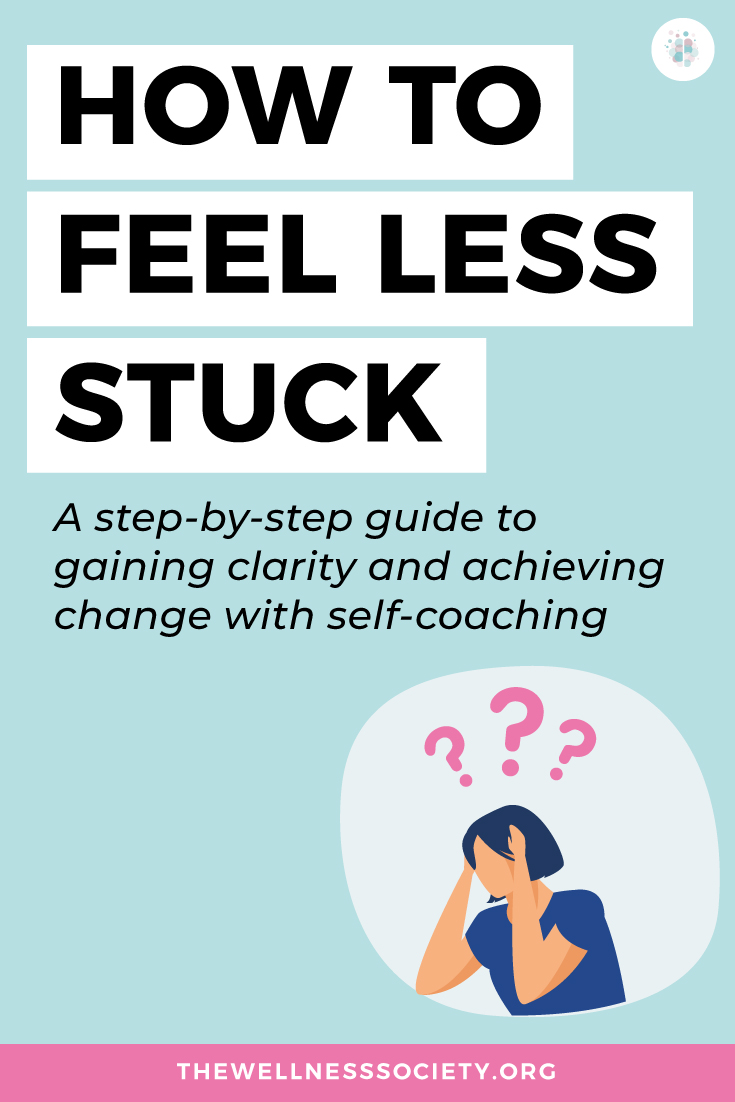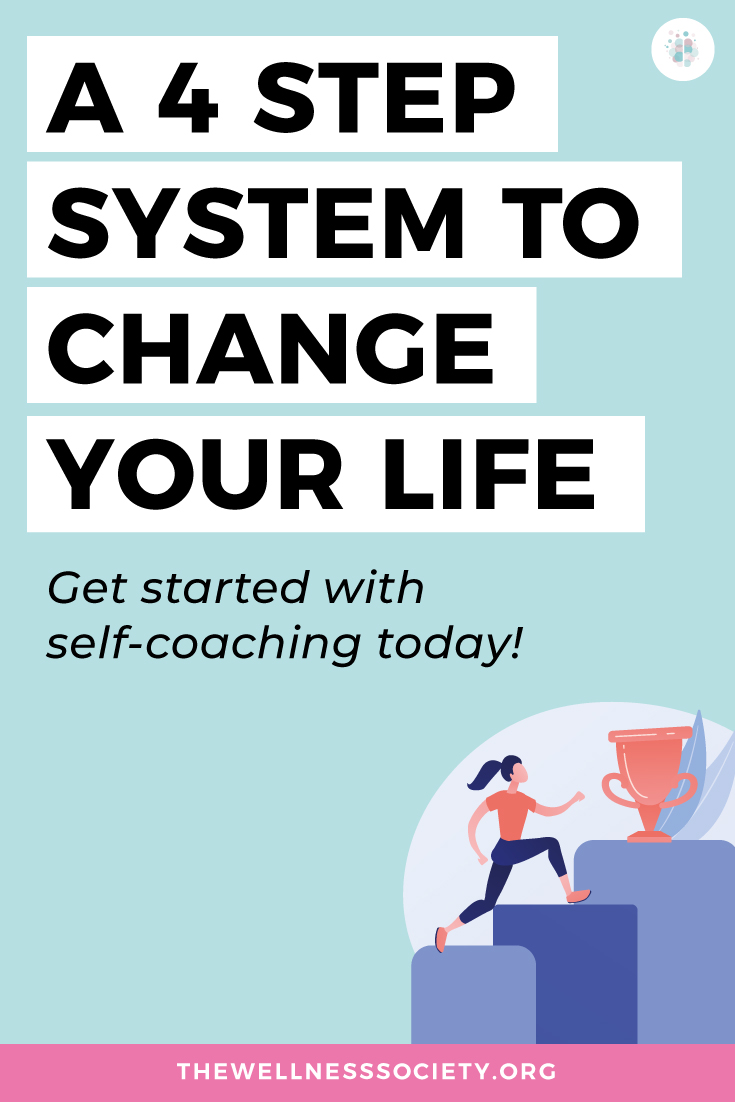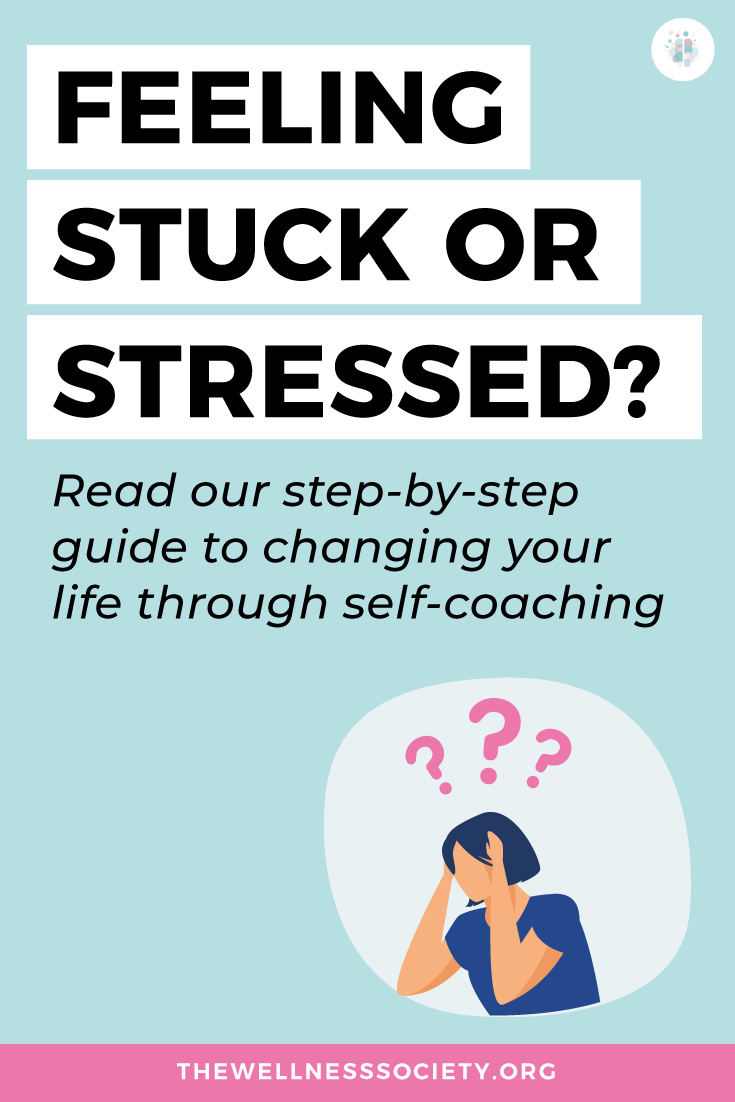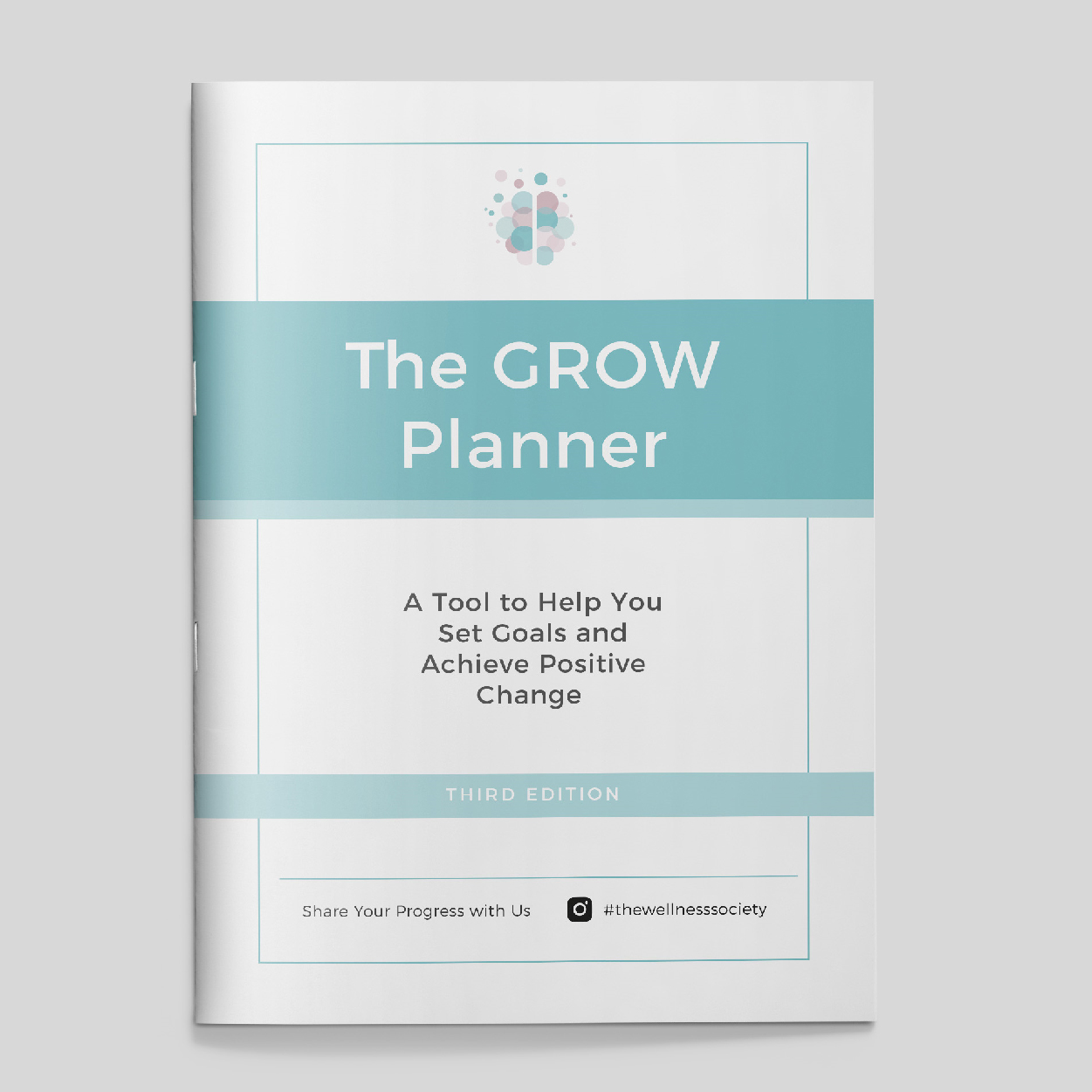Carving out time for effective self-reflection is key to living a fulfilling life. When we reflect internally, our train of thought can end up unclear and scattered. Plus, any insights we do have are easily forgotten. This can lead to us feeling stuck.
An alternative? Self-coaching using The GROW Model.
In self-coaching, you are your own coach. It's a simple yet powerful way to increase your self-awareness and achieve positive change using an effective guided introspection process. This tool is particularly helpful for people who:
Sir John Whitmore and his colleagues first outlined this model in Coaching for Performance back in 1991.
GROW is an acronym that stands for:
An alternative? Self-coaching using The GROW Model.
In self-coaching, you are your own coach. It's a simple yet powerful way to increase your self-awareness and achieve positive change using an effective guided introspection process. This tool is particularly helpful for people who:
- Feel stuck, overwhelmed or stressed
- Are prone to overthinking
- Struggle to take action and create long-lasting change
Key Benefits of Self-Coaching
- Gain powerful insights into yourself and your life.
- Achieve clarity on what you want and how you can get there.
- Develop a stronger sense of life direction and purpose.
Planning Your Way to a Better Future
The GROW Model is a four-step system you can use to begin self-coaching.Sir John Whitmore and his colleagues first outlined this model in Coaching for Performance back in 1991.
GROW is an acronym that stands for:
Goal
Reality
Options
Will
Step One: Goal
The first step in self-coaching is clarifying what is it you want to achieve.It's about digging deep and discovering what it is you really want, as opposed to what you think you should want.
Example Grow Questions
- Where do you most want to see change in your life?
- What do you really want, in an ideal world?
- What would your life look like if other people's opinions didn't matter?
Step Two: Current Reality
Step two of The GROW Model is vital for effective self-coaching.It’s the part that’s usually missing from every day conversation, as we so often jump straight into our options.
Reflecting on the present helps you develop a greater understanding of your current situation. This often generates new insights, which then naturally feeds into your options.
Example Current Reality Questions
- What’s happening right now?
- What will happen if you don’t take action?
- What are your reasons not to change? What are you gaining from how things are now?
- What are your options?
- What’s worked for you in the past?
- What could be your first small step?
- How committed are you to this on a scale of 1-10?
- What do you think would need to happen for you to be more committed?
- How can you break this down into small action steps?
Step Three: Options
When you have a clear idea of what you want to achieve and where you are at the moment, you move onto considering your possible action steps.Example Options Questions
Step Four: Will (or Way Forward)
The final part of the self-coaching process is to decide on your small action steps for creating positive change.You also reflect on your commitment levels and consider whether there's anything you can do to feel even more committed.
Example Will Questions
Check-in Sessions
When practicing self-coaching, we encourage you to set timelines to check in with yourself and your progress.Here are some example self-coaching check-in questions:
| If You Completed Your Action Step | If You Didn’t Complete Your Action Step |
|---|---|
What worked well? What could you have done differently? |
What are your thoughts on your goal now? What’s the impact of not having done this? |
The GROW Planner (25 page PDF)
- Like the sound of self-coaching? Begin your practice today with this practical tool included in The Mental Wellbeing Toolkit.
- Use the GROW model to overcome personal challenges and plan your way forward.
- Gain clarity and develop a stronger sense of life direction and purpose.
- Keeps your focus small so you feel inspired and motivated – not overwhelmed.
- Stay consistent and make change happen - includes phone reminders to give you quick and easy access to key information on the go.
Are you a therapist or coach? This tool is for personal use only. You can access our professional license toolkit here.
Pin This Page




